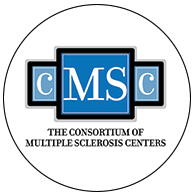Results from the STRIVE study support the safety of natalizumab (Tysabri) as a therapy for multiple sclerosis (MS) patients. The study, “Natalizumab in Anti-JC Virus Seronegative Patients with Early Relapsing-Remitting Multiple Sclerosis: Interim Results from the STRIVE Study,” was recently presented at the 2016 Annual Meeting of the Consortium of Multiple Sclerosis Centers (CMSC).
Previous studies showed that highly effective MS therapies improve patients’ clinical outcomes. However, recent reports suggested that treatment with the drug natalizumab was associated with a significant increase in antibodies against the John Cunningham (JC) virus, the causative agent of progressive multifocal leukoencephalopathy (PML), a rare and often fatal disease.
The clinical trial STRIVE, a multicenter, observational, open-label, single-arm study, was designed to determine the proportion of patients negative for anti-JC virus antibodies and with relapsing-remitting MS (RRMS) who have initiated natalizumab treatment early in their disease course and showed no evidence of disease activity (NEDA) – here defined as no Expanded Disability Status Scale progression, no relapses, no gadolinium positive lesions (gadolinium is a large chemical compound injected into a person’s vein during an MRI scan, and is used to detect MS lesions; in MS patients, the blood-brain barrier is disrupted, allowing gadolinium to pass through, while in healthy brains the blood-brain barrier is intact and no diffusion of gadolinium occurs), and no new or enlarging T2-hyperintense lesions, at months 12 and 24.
The intent-to-treat population consisted on 209 patients with confirmed diagnosis of early MS. At baseline, the mean Expanded Disability Status Scale score in the patient population was 2.
A one-year interim analysis of 174 patients enrolled in the STRIVE trial revealed that the majority of the patients (54.9 percent) had reached a NEDA state. Moreover, researchers noted that the adverse event profile was consistent with the well-established safety profile previously described for natalizumab.
Dr. Jai Perumal, who presented the data at CMSC 2016, also reported that “significantly more patients without gadolinium positive lesions on MRI at baseline had NEDA, compared with patients with gadolinium positive lesions,” and that “having minimal or no disability when initiating treatment was associated with achieving clinical NEDA.”
In conclusion, the results support the concept that MS patients treated early in their disease course with natalizumab can reach NEDA.
“These results support the effectiveness and safety of natalizumab in treating patients with early RRMS,” Perumal concluded in the presentation.








